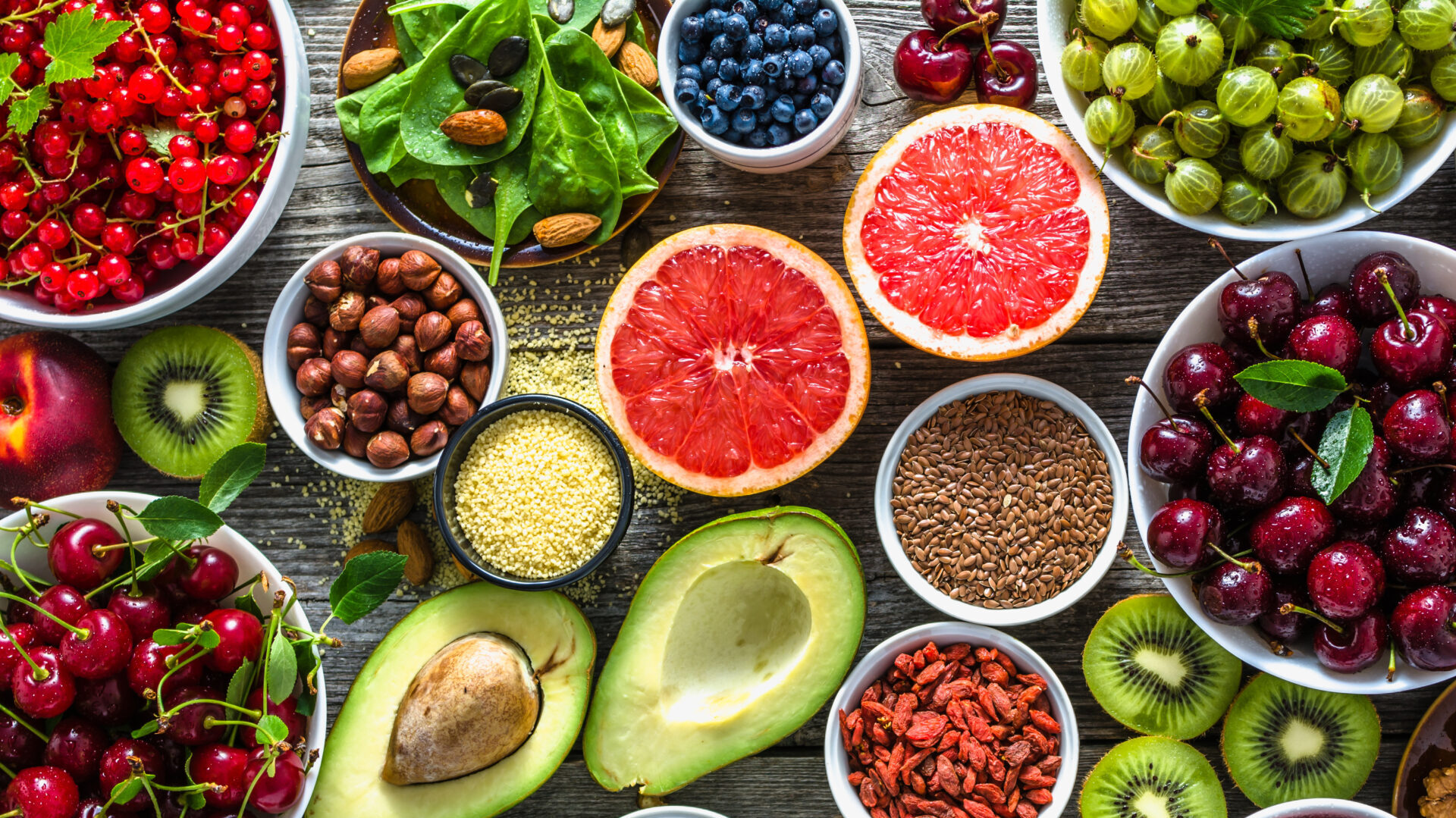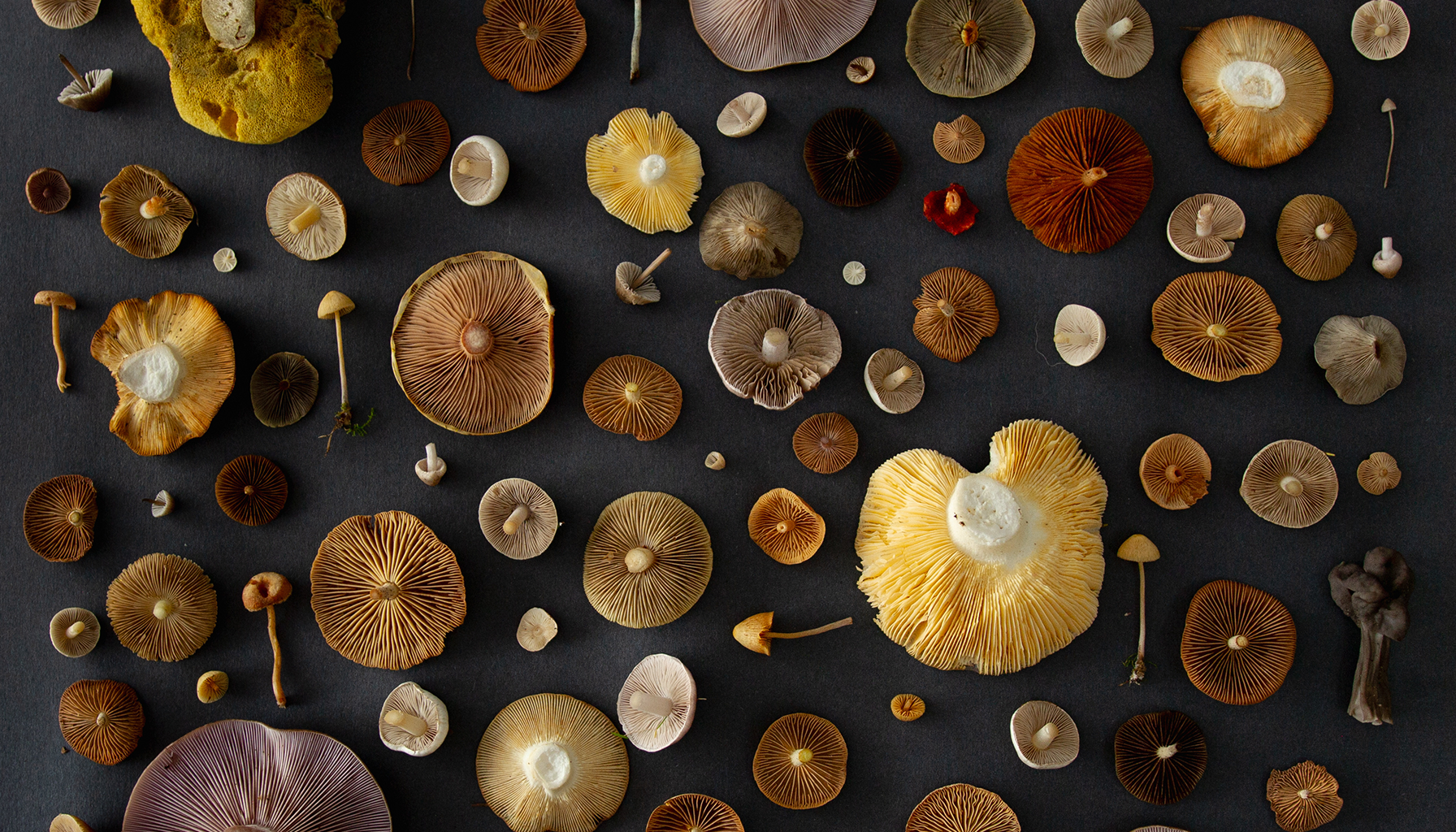In the realm of biohacking, nutrition isn’t just about eating well—it’s about optimizing your diet to boost physical and mental performance, aligning it with your health goals. Crafting a personalized nutrition plan for your biohacking goals transforms how you fuel your body, ensuring you get the nutrients needed. Here’s how to create a diet plan as unique as your DNA.
Identifying Your Biohacking Goals
The first step in creating a personalized nutrition plan is clearly defining your biohacking goals. Common objectives include:
- Enhancing Cognitive Function: Aiming to boost brain power, memory, and focus.
- Improving Physical Performance: Targeting increased strength, stamina, and recovery.
- Boosting Energy Levels: Seeking sustained energy throughout the day without crashes.
- Weight Management: Focusing on losing fat, gaining muscle, or maintaining a healthy weight.
- Longevity and Anti-Aging: Desiring a longer life span with a focus on healthy aging.
Understanding your specific goals is crucial as it directs the nutritional strategies you will implement.
Tailoring Nutrition to Fit Your Goals
Once your goals are set, the next step is to adjust your dietary habits to support these objectives. Here’s how you can tailor your nutrition for some common biohacking goals:
Enhancing Cognitive Function
- Key Nutrients: Omega-3 fatty acids, antioxidants (like vitamins C and E), B vitamins, and choline.
- Foods to Include: Fatty fish such as salmon and trout, nuts and seeds, berries, leafy greens, and eggs.
- Dietary Pattern: The Mediterranean diet, rich in fruits, vegetables, fish, and healthy fats, is beneficial for brain health.
Improving Physical Performance
- Key Nutrients: Protein, carbohydrates, iron, calcium, and magnesium.
- Foods to Include: Lean meats, whole grains, dairy products, legumes, and dark, leafy vegetables.
Dietary Pattern: A balanced intake of carbs and proteins pre and post-workout to fuel exercise and aid in recovery.
Boosting Energy Levels
- Key Nutrients: B vitamins, iron, magnesium, and fiber.
- Foods to Include: Whole grains, beans, lentils, nuts, seeds, and green vegetables.
Dietary Pattern: Frequent small meals and snacks throughout the day to maintain blood sugar levels and prevent energy dips.
Weight Management
- Key Nutrients: Fiber, protein, and healthy fats.
- Foods to Include: Avocados, whole grains, lean proteins, fruits, and vegetables.
Dietary Pattern: Portion control, mindful eating practices, and potentially intermittent fasting.
Longevity and Anti-Aging
- Key Nutrients: Antioxidants, omega-3 fatty acids, and polyphenols.
- Foods to Include: Berries, nuts, dark chocolate, fatty fish, and green tea.
Dietary Pattern: Caloric restriction without malnutrition, and diets like the Okinawa diet.
Implementing and Monitoring Your Plan
- Set Realistic and Measurable Dietary Goals
Tailor your meal planning and grocery shopping to include the necessary foods and supplements that align with your biohacking objectives. Apps and food diaries can help you track what you eat and ensure you’re meeting your nutritional goals.
2. Continuous Adjustment and Feedback
Regularly assess how your diet impacts your overall health and specific biohacking goals. Blood tests, how you feel, energy levels, and physical performance are all indicators of whether your diet is working. Adjust your food intake based on these feedback mechanisms to fine-tune your diet continuously.
Conclusion
Personalizing your nutrition plan according to your biohacking goals involves more than just choosing the right foods—it’s about making a sustained commitment to living your best life through what you eat. Each person’s body reacts differently to various foods and nutrients, making personalized nutrition not just a path to achieving your goals, but also a journey of discovery about what makes your body thrive.





